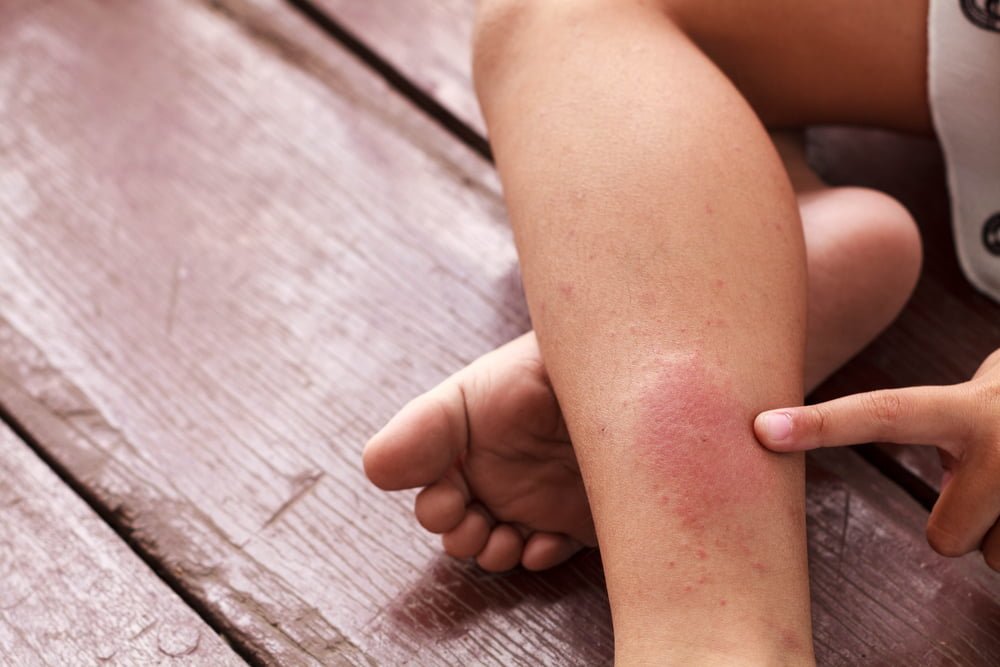
Veins are responsible for carrying deoxygenated blood back to the heart from various body tissues. The venous system operates at relatively low blood pressure, relying on the contraction and expansion of skeletal muscles to propel blood past the one-way valves in the veins on its way back to the heart. The circulatory system relies on this pressure gradient to push blood through the arteries and into the veins. Any disturbance in this mechanism can lead to venous skin ulcers
Venous skin ulcers, also referred to as stasis, insufficiency or varicose ulcers are the result of malfunctioning venous valves causing pressure in the veins to increase. Venous skin ulcer is the most common etiology of lower extremity ulceration. It account for 80% of lower extremity ulceration.
Venous skin ulcers can be of 8 categories according to the CEAP classification (standing for Clinical signs, Etiological classification, Anatomical distribution and Pathophysiological dysfunction). The most important among them is active venous skin ulcer and healed venous skin ulcer
The classification C6 shows the active venous skin ulcers, often accompanied by trophic changes. It is the last stage with full-thickness loss of skin resulting from an accumulation of cellular metabolic waste pr and the capillary blood supply loss.
The category C5 represents healed ulcer with trophic changes. Once healed, a venous skin ulcers is always a weak point in terms of recurrence of a venous skin venous skin ulcers.
According to one of the research study, the major underlying causes of venous skin ulcers in India are filariasis, tuberculosis, diabetes and atherosclerosis (hardening of vessels due to fat deposits). Furthermore, poor local hygiene adds to the problems of venous skin ulcers healing and risk of complications like infection also increases.
The root of the problem is increased pressure of blood in the veins of the lower leg. This causes fluid to ooze out of the veins beneath the skin. Know More
Venous skin ulcers are open, often painful, sores in the skin that take more than a month to heal. he first sign of a venous skin ulcer is skin that turns dark red or purple over the area where the blood is leaking out of the vein. Know More
People most at risk of developing a venous venous skin ulcers are those who have previously had a venous skin ulcers. You can help reduce your risk of developing a venous venous skin ulcers in several ways, such as: Know More
